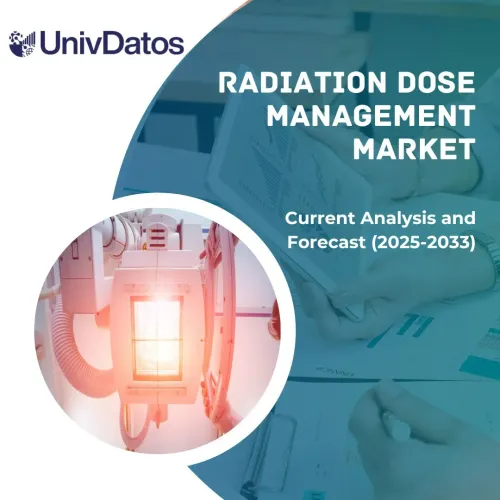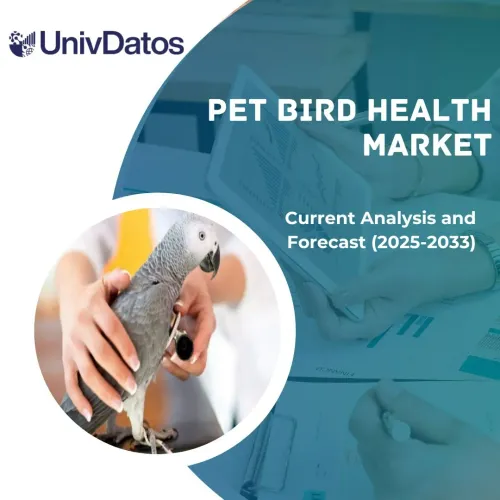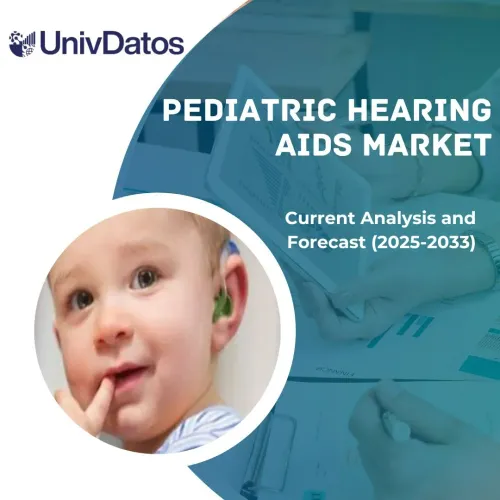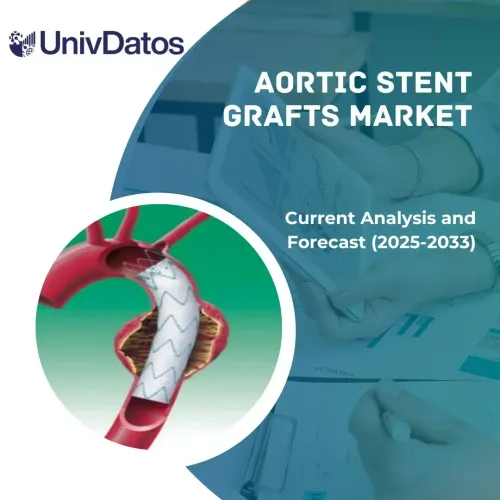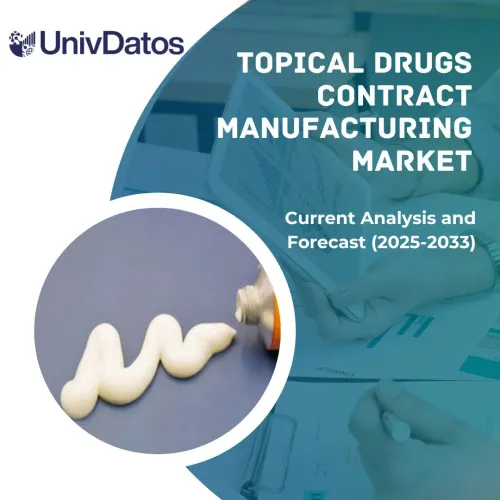- Home
- About Us
- Industry
- Services
- Reading
- Contact Us
Needle-Free Drug Delivery Systems Market: Current Analysis and Forecast 2018-2025
Emphasis on Product (Prefilled needle-free injection systems, Prefilled needle-free injection systems); Technology (Jet Injectors, Transdermal Drug Delivery Systems, Inhaler Technology); Application (Insulin Delivery, Vaccination, Pediatric Injections, Pain Management); Injection Mode (Powder injections, Liquid injections, Liquid injections); Source of Power (Spring Loaded Jet Injector, Gas Powered Jet Injector, Battery Powered Jet Injector) and Region
Needle-free drug delivery device provides a solution to deliver drug into the host body without piercing the skin. Major Needle-free technology available in the market includes pens, jet injector, and micro patches among others. The main aim of the technology is to enhance the self-administration of drugs and medications such as insulin in case of diabetic patients. Steady growth in population with chronic diseases paired with sharps injuries associated with the needle act as catalyst that fuels the growth of the needle-free drug delivery device market. The needle-free drug devices are found in disposable and reusable forms, which eliminates the risk of cross-contamination. These devices are suitable and safe for the delivery of drugs to some of the most sensitive parts of the body like cornea and other complicated human body parts. Some of the available needle-free drug delivery devices are Biojector, Jupiter jet, Vitajet-3 and Chemlock, among others.
Frequency of Needle Stick Injuries by Devices
The market for needle free drug delivery devices is expanding as it has the capability to make the administration of medicines easier, safer and convenient. According to the surveys held in 2017, it was estimated that 91% of the patients were satisfied with the use of needle-free drug delivery technique for drug delivery. Emerging economies are ready to invest capital in this rapidly growing technology. Usage of needleless devices for treatments is causing an impact on society, specifically on those who have suffered from trypanophobia. According to several organizations, 24% of parents and 63% of children suffer from the fear of needles. As a result, 7% of children globally do not get proper vaccinations when required. Needle Free drug delivery devices would serve the purpose by providing quick treatment options at home, through self-administration or injecting the medication when required. The global needle free drug delivery devices market generated revenue of US$ 7.3 billion in 2017 and is expected to be one of the fastest growing markets in the medical industry.
“Prefilled occupy the maximum share in the global market.”
Based on product, the global needle-free drug-device market is segmented into prefilled and fillable needle-free injection system. Prefilled injection system occupies the maximum share in the global market and is expected to remain dominant throughout the forecast period 2018-2025. However, the fillable injection system is expected to witness the highest CAGR growth during the same period.
“Jet Injector is the most popular and leading device among the population.”
The market is further bifurcated on the basis of technology into jet injectors, transdermal drug delivery systems and inhaler technology. Jet Injector is the most popular and leading device among the population as it involves zero contamination and individual can use the product without medical professionals.
“Liquid injection dominates the market and is anticipated to show a remarkable growth.”
Based on the injection method, global needle-free drug-device is classified into powder injections, liquid injections, and depot or projectile injection. These systems are designed to inject drug into skin, tissues, and muscles using solid and liquid dosages accordingly. The liquid injection holds the largest share and is anticipated to show a remarkable CAGR during the forecast period.
“Insulin Delivery occupies the lead share among other applications.”
The global needle-free drug-device industry is further segmented based on different applications such as Insulin delivery, vaccinations, pediatric injections and pain management. Majority of the population use this device for insulin delivery as the prevalence of diabetes is increasing in both developed and developing countries on a brisk pace.
Global Needle-Free Drug Delivery Device Market by Application, 2018-25 (US$ Billion)
“Amongst the Source of Power, the gas-powered jet injector leads share in the global market.”
The market is also bifurcated on the basis of source of power into spring load jet Injector systems, gas powdered jet injector and battery powdered jet injector system. Among these, the gas-powered jet injector dominated the market and is expected to maintain its consistency by 2025. However, the battery-powered jet injector system is expected to grow at a noticeable CAGR during the forecast period.
“North America holds the prominent share in Global Needle-Free Drug-Device Market.”
For a deep dive analysis of the industry, global needle-free drug-device market is analyzed based on geographies and regions such as North America, Europe, Asia-Pacific and rest of the world. North America constituted the highest market share of needle-free drug delivery device industry. However, Asia Pacific region is expected to be the leading market in the near future.
Competitive Landscape-Top 10 Market Players
Some of the major players operating in the global needle free durg delivery device market are Antares Pharma, Consort Medical, Crossject, Inovio Pharmaceuticals, Injex Pharma, Medical International Technology, Valeritas, Zasona, 3M, and Pharmajet. Being a new technology, majority of the companies operating in the industry are spending money on R&D to come up with innovative devices in the domain to cater to the increasing demand majorly from the developing region along with region with most prominent elderly population.
Reasons to buy:
- The Needle Free Drug Delivery Devices market study presents the current market size, trend, forecast until 2024. The analysis presented in the report is a combination of deep dive secondary research and input from Key Opinion Leader of the industry
- The report presents a quick review of overall industry performance at one glance
- The report covers in depth analysis of prominent industry peers with primary focus on key business financials, product portfolio, expansion strategies and recent developments
- Detailed examination on drivers, restraints, key trends and opportunities prevailing in the industry.
- Examination of industry attractiveness with the help of Porter’s Five Forces analysis
- The study comprehensively covers the market across different segments and sub segments
- Deep dive regional level analysis of the industry
Customization Options:
The Needle Free Drug Delivery Device Market can be customized to country level or any other market segment. Besides this, UMI understands that you may have your own business need, hence we also provide fully customized solutions to clients.
Table of Content
Analysing historical market, estimation of the current market and forecasting the future market for needle free drug delivery device were the three major steps to create and analyse the overall adoption rate of needle free drug delivery device in different region/country. Exhaustive secondary research was done to collect the historical market of the technology and overall estimation of the current market. Secondly, to validate these insights, numerous findings and assumptions were taken into consideration. Moreover, exhaustive primary interviews were conducted with industry experts across value chain of the needle free drug delivery technology. After all the assumption, market sizing and validation of market numbers through primary interviews, top-down approach was employed to forecast the complete market size of needle free drug delivery device market at global scale. Thereafter, market breakdown and data triangulation methods were adopted to estimate and analyse the market size of segments and sub-segments of the technology. Detailed methodology is explained below:
Analysis of Historical Market Size
Step 1: In-Depth Study of Secondary Sources:
Detail secondary study was conducted to obtain the historical market size of the Global needle free drug delivery device market through company internal sources such as annual report & financial statements of top players, performance presentations, press releases, inventory records, sales figures etc. and external sources including trade journals, news & articles, government publications, economic data, competitor publications, sector reports, regulatory bodies publications, safety standard organizations, third-party database and other creditable publications. For economic data collection, sources such as World Bank, CDC, WHO, and Food and Drug Administration (FDA) and among others were used.
Step 2: Market Segmentation:
After obtaining historical market size of the overall market, detailed secondary analysis was done to gather historical market insights and share for different segments & sub-segments for the needle free drug delivery devices. Major segments included in the report are technology, application, and injection method. Further analysis was also done for sub-segments of the major segments of needle free drug delivery devices.
Step 3: Factor Analysis:
After acquiring the historical market size of different segments and sub-segments, detailed factor analysis was conducted to estimate the current market size of the needle free drug delivery devices. Factor analysis was conducted using dependent and independent variable such prevalence of chronic and lifestyle diseases, self-administration of drugs, and technological advancements etc. Historical trends of the needle free drug delivery devices and their year-on-year impact on the market size and share in the recent past was analyzed. Demand and supply side scenario was also thoroughly studied.
Current Market Size Estimate & Forecast
Current Market Sizing: Based on actionable insights from the above 3 steps, we arrived at current market size, key players in major applications and markets, market shares of these players, industry’s supply chain, and value chain of the industry. All the required percentage shares, splits, and market breakdowns were determined using the above mentioned secondary approach and were verified through primary interviews.
Estimation & Forecasting: For market estimation and forecast, weightage was assigned to different factors including market dynamics such as drivers & trends, restraints, and opportunities. After analyzing these factors, relevant forecasting techniques i.e. Bottom-up/Top-down was applied to arrive at the market forecast pertaining to 2025 for different segment and sub-segments in different region. The research methodology adopted to estimate the market size encompasses:
- The industry’s market size, in terms of value and rate of adoption of needle free drug delivery devices
- All percentage shares, splits, and breakdowns of market segments and sub-segments
- Key players in major applications and markets as well as market share of each players. Also the growth strategies adopted by these players to compete in the ever growing needle free drug delivery device market
Market Size and Share Validation
Primary Research: In-depth interviews were conducted with the Key Opinion Leaders (KOLs) including Top Level Executives (CXO/VPs, Sales Head, Marketing Head, Operational Head, and Regional Head etc.). Primary research findings were summarized and statistical analysis was performed to prove the stated hypothesis. Input from primary research were consolidated with secondary findings, hence turning information into actionable insights.
Split of Primary Participants
Market Engineering
Data triangulation technique was employed to complete the overall market engineering process and to arrive precise statistical numbers of each segment and sub-segment pertaining to the needle free drug delivery device market. Data was split into several segments & sub-segments post studying various parameters and trends in the areas of insulin delivery, vaccination, pain management, paediatrics injection liquid, gas and depot or projectile injection as injection methods.
Main objective of the Needle Free Drug Delivery Devices Market Study
The current & future market trends of the Needle Free Drug Delivery Devices are pinpointed in the study. Investors can gain strategic insights to base their discretion for investments from the qualitative and quantitative analysis performed in the study. Current and future market trends would determine the overall attractiveness of the market, providing a platform for the industrial participant to exploit the untapped market to benefit as first mover advantage. Other quantitative goal of the studies includes:
- Analyse the current and forecast market size of needle free drug delivery devices in terms of value
- Analyse the current and forecast market size of different segments and sub-segments of needle free drug delivery. Segments in the study include products, technology, application, injection methods and source of power
- Define and describe the technologies and protocols used in needle free drug delivery devices
- Anticipate potential risk associated with the technology.
- Customer and competitor analysis, etc.
- Define and analysis of the government regulations for needle free drug delivery devices in different regions
- Analyse the current and forecast market size of needle free drug, in terms of value for regions including North America, Europe, Asia Pacific (APAC), Middle East and Latin America
- Defile and analyse the competitive landscape of the Needle Free Drug Delivery Devices and the growth strategies adopted by the market players to sustain in the ever growing market
Related Reports
Customers who bought this item also bought




